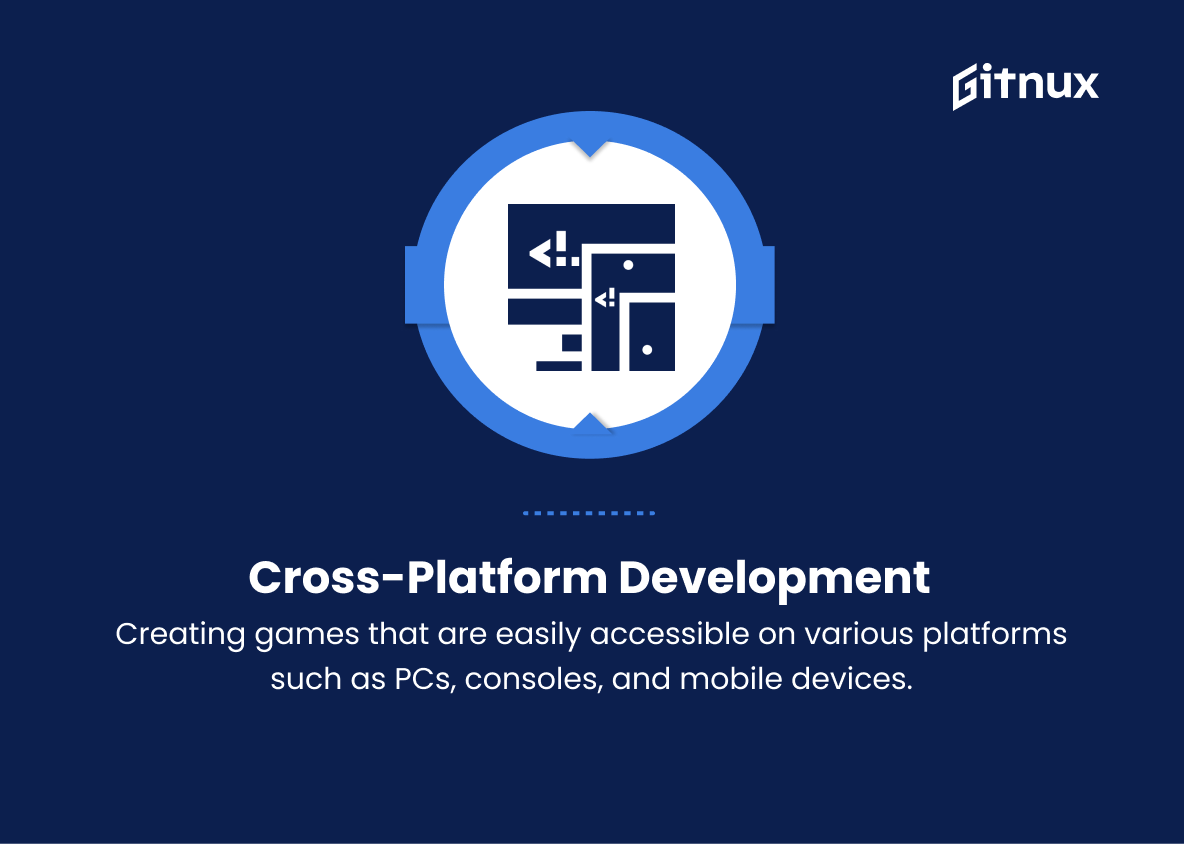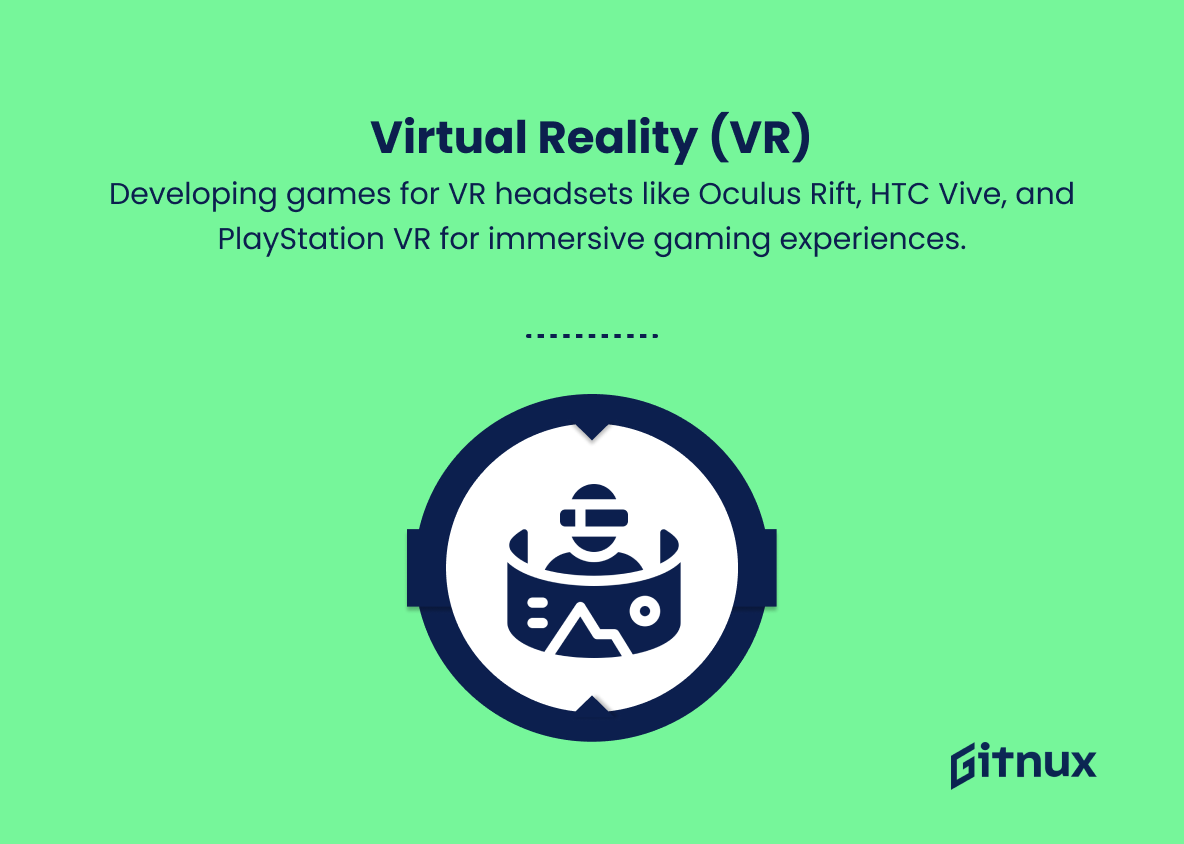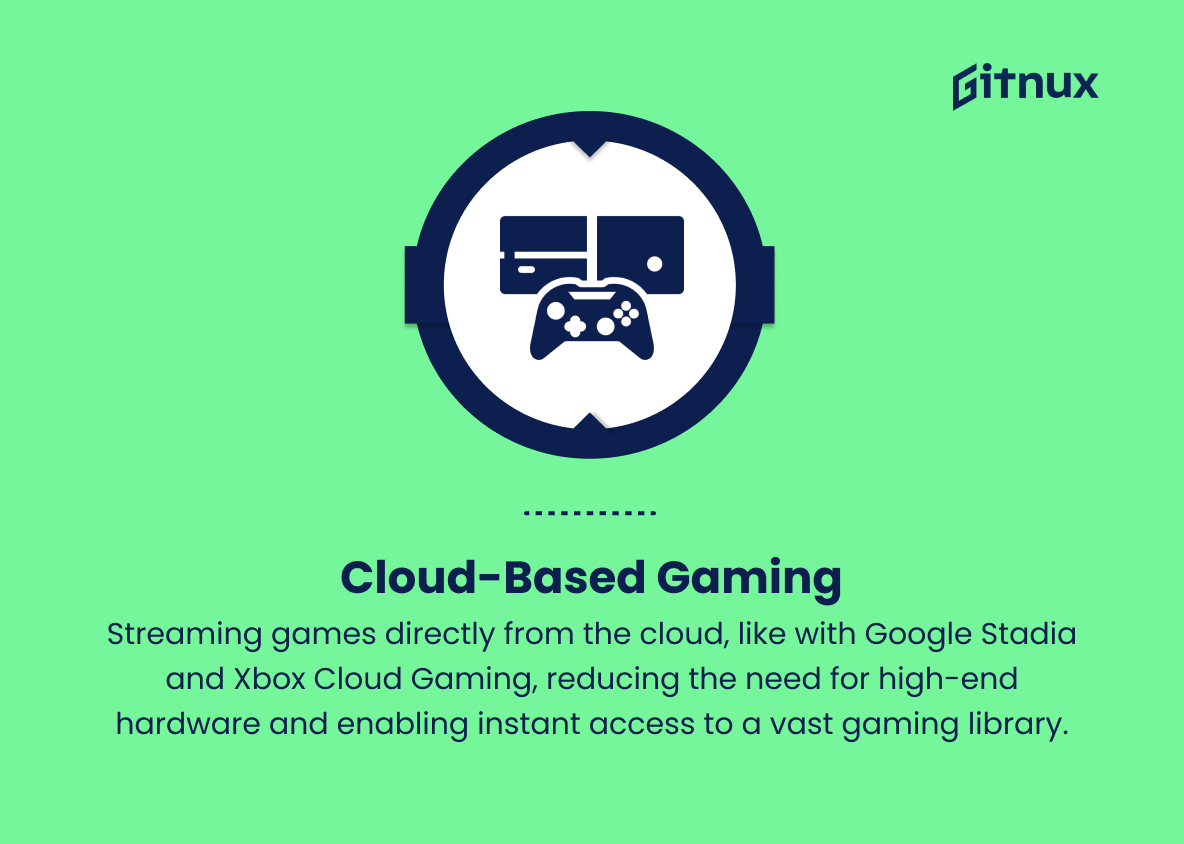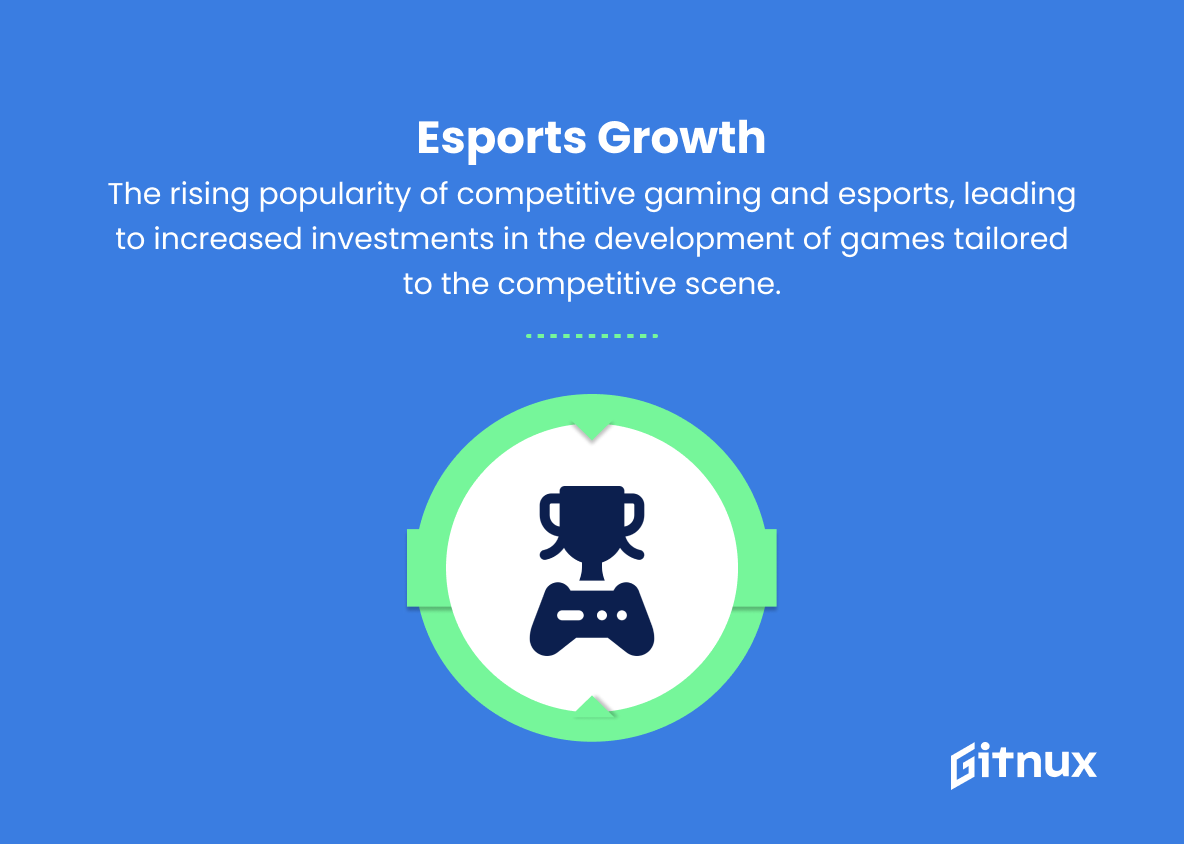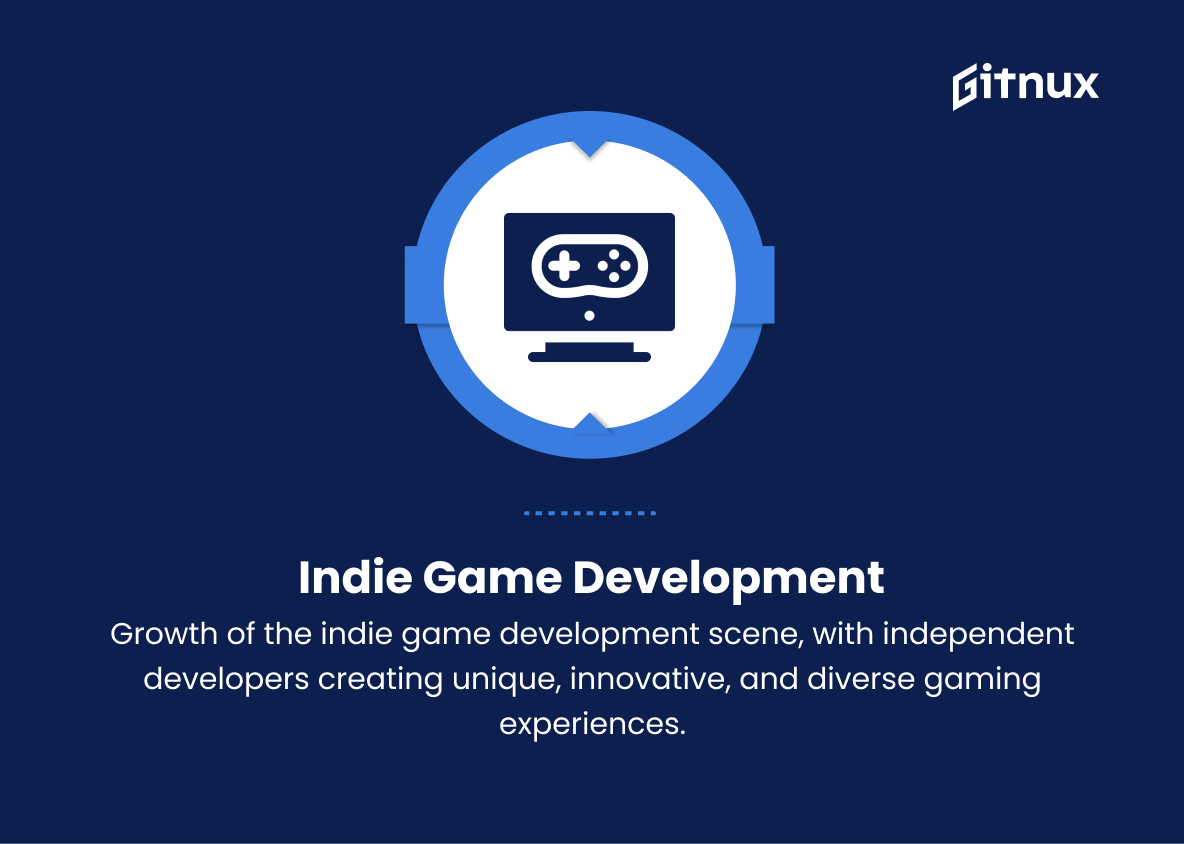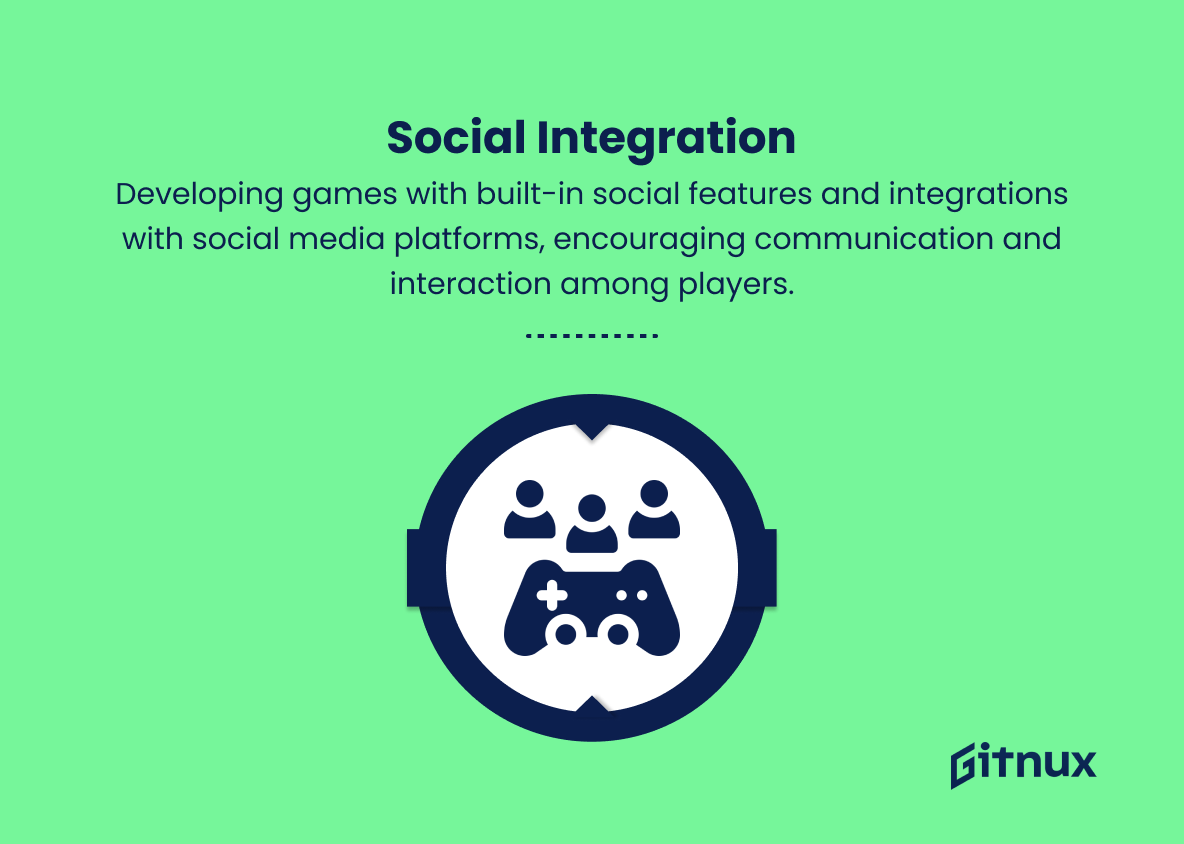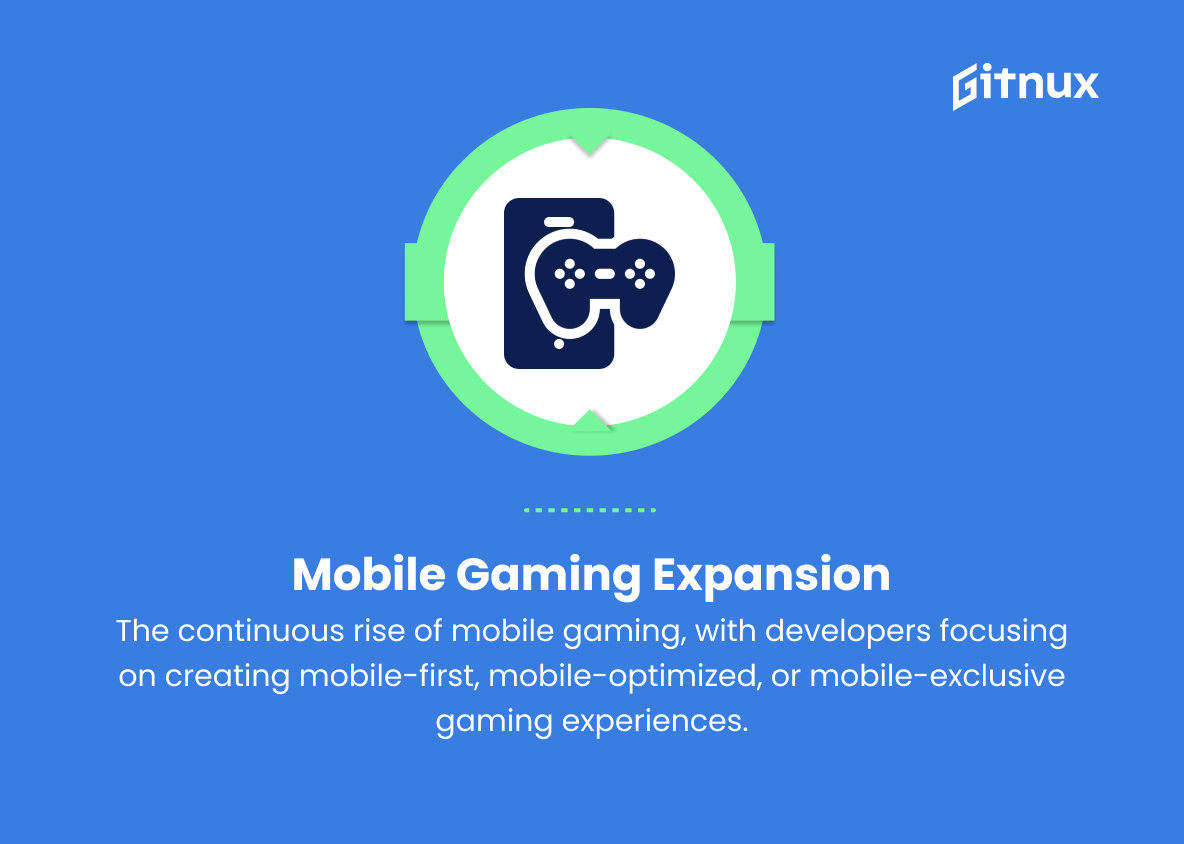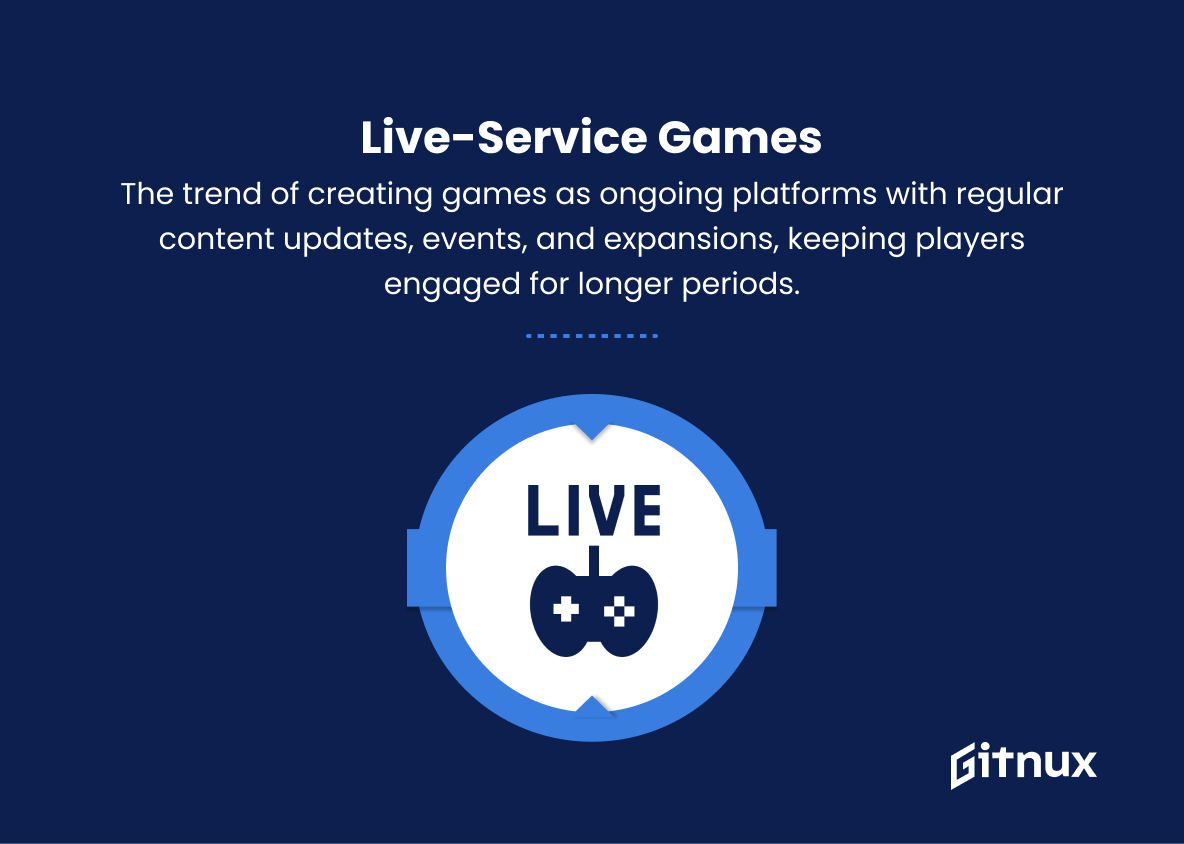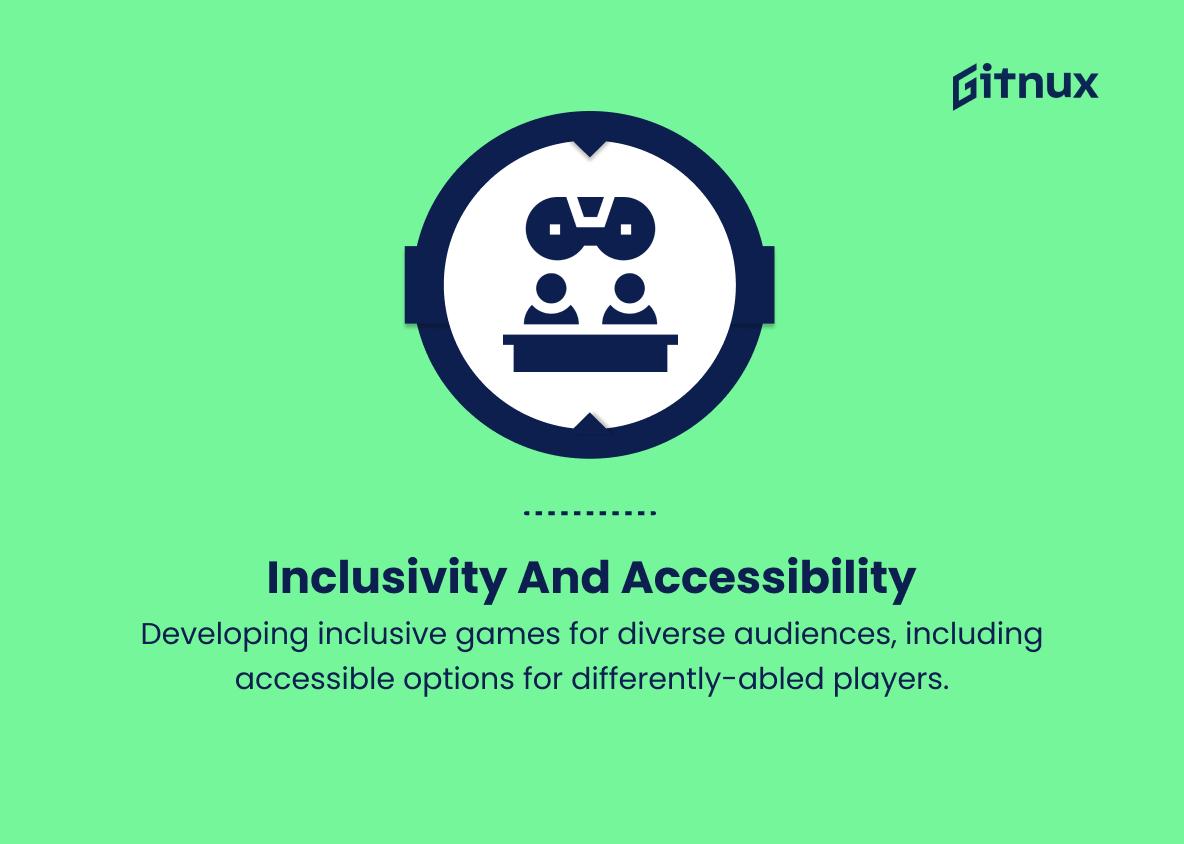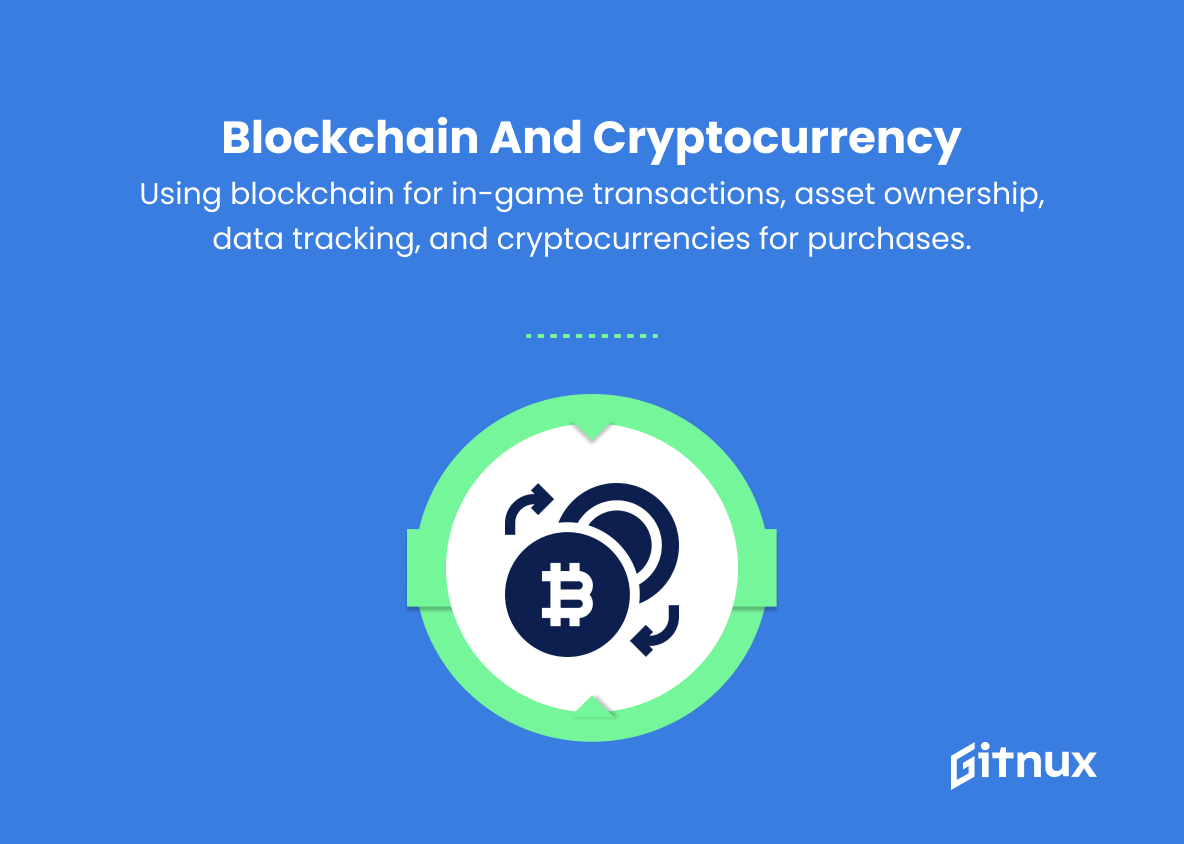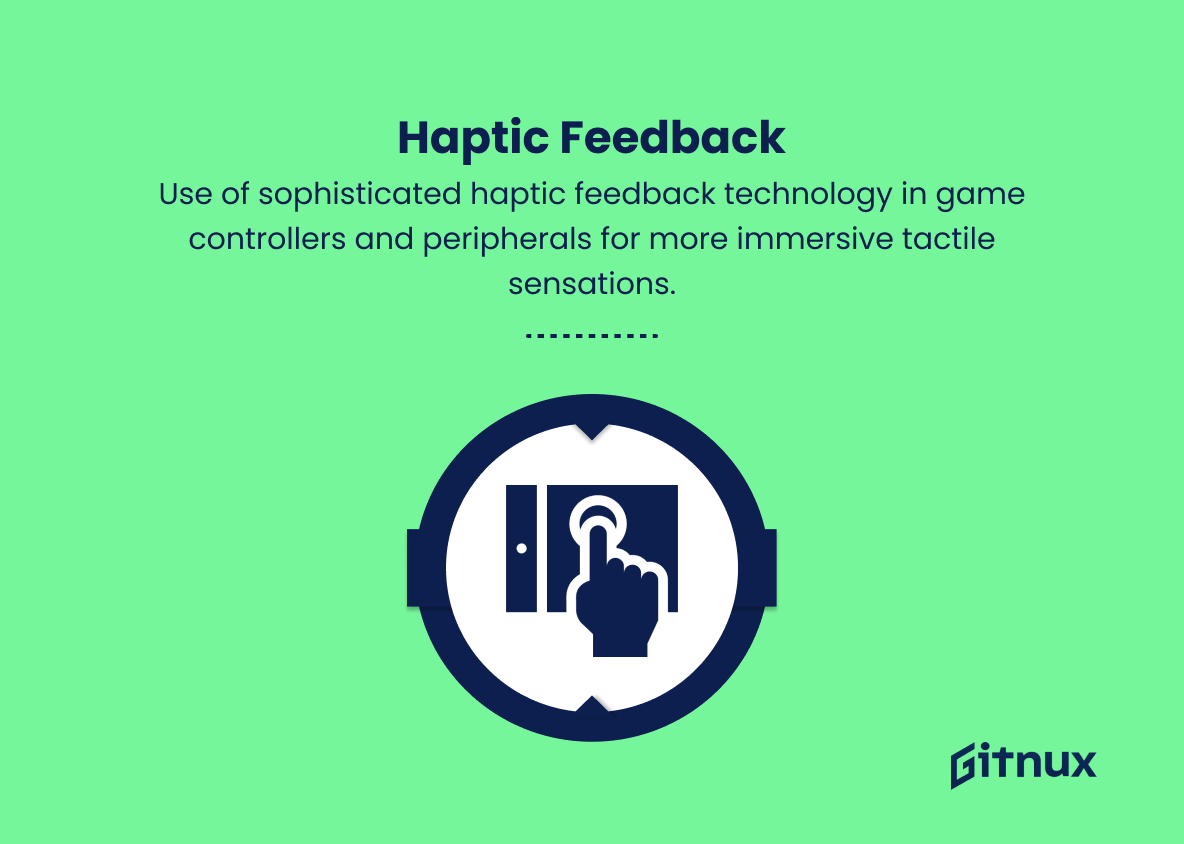In an industry that is constantly evolving, it can be a challenge to stay ahead of the curve when it comes to game development trends. As gaming platforms, technologies, and player expectations continue to advance at a rapid pace, developers must stay informed and adapt to these changes in order to create the next generation of engaging and immersive experiences for a growing and diverse audience.
In this thought-provoking blog post, we will examine the most prevalent and influential trends shaping the landscape of game development in the present day. From groundbreaking innovations in AI and virtual reality to the rising importance of social impact and inclusivity, we invite you to join us as we explore the driving forces behind the future of gaming, and the ways in which they’re redefining the realm of interactive entertainment.
Top Game Development Trends
1. Cross-platform Development
Creating games that are easily accessible on various platforms such as PCs, consoles, and mobile devices.
2. Virtual Reality (VR)
Developing games for VR headsets like Oculus Rift, HTC Vive, and PlayStation VR for immersive gaming experiences.
3. Augmented Reality (AR)
The use of AR technology to overlay digital content and information onto real-world environments, like in games like Pokemon GO and Harry Potter: Wizards Unite.
4. Artificial Intelligence (AI) and Machine Learning
Implementing AI and machine learning to create adaptive and intelligent NPCs, procedural content generation, and personalized gameplay experiences.
5. Cloud-based Gaming
Streaming games directly from the cloud, like with Google Stadia and Xbox Cloud Gaming, reducing the need for high-end hardware and enabling instant access to a vast gaming library.
6. Esports Growth
The rising popularity of competitive gaming and esports, leading to increased investments in the development of games tailored to the competitive scene.
7. Indie Game Development
Growth of the indie game development scene, with independent developers creating unique, innovative, and diverse gaming experiences.
8. Social Integration
Developing games with built-in social features and integrations with social media platforms, encouraging communication and interaction among players.
9. Mobile Gaming Expansion
The continuous rise of mobile gaming, with developers focusing on creating mobile-first, mobile-optimized, or mobile-exclusive gaming experiences.
10. Live-service Games
The trend of creating games as ongoing platforms with regular content updates, events, and expansions, keeping players engaged for longer periods.
11. Inclusivity and Accessibility
A focus on developing games that cater to a broad audience with diverse backgrounds and abilities, including accessible options for differently-abled players.
12. Blockchain and Cryptocurrency
Implementing blockchain technology for in-game transactions, asset ownership, and data tracking, as well as the use of cryptocurrencies for in-game purchases.
13. Environmental and Narrative Storytelling
The growing use of environmental storytelling and world-building for more immersive and interactive gaming experiences.
14. Haptic Feedback
Use of sophisticated haptic feedback technology in game controllers and peripherals for more immersive tactile sensations.
15. Ray Tracing and Realism
Advancements in graphics technology, like ray tracing, to render realistic lighting and reflections for more visually stunning gaming experiences.
16. Remote Development
With the rise of remote work, more studios may embrace remote game development and collaborations across the globe.
Implications
The future of gaming will be shaped by numerous trends, each having significant implications on the industry. Cross-platform development will ensure games are accessible on a variety of platforms, enabling a larger, more connected audience. Virtual Reality and Augmented Reality will provide immersive, interactive experiences, pushing the boundaries of gameplay. Artificial Intelligence and Machine Learning will revolutionize game design, creating intelligent NPCs and personalized experiences. Cloud-based gaming will democratize access to high-quality games, while the growth of Esports and Indie Game Development will foster a competitive and diverse ecosystem.
Social Integration and Mobile Gaming Expansion will make gaming more connected and ubiquitous, while Live-service Games will extend player engagement through continuous updates. Inclusivity and Accessibility will create gaming experiences that cater to a diverse range of players, while Blockchain and Cryptocurrency will enable secure in-game transactions and ownership. Environmental and Narrative Storytelling will enhance world-building and immersion, and Haptic Feedback, Ray Tracing, and Realism will push the boundaries of graphical and sensory experiences. Finally, Remote Development will increase global collaboration, resulting in innovations and creativity across the industry.
Conclusion
As we bid farewell to the ever-evolving game development landscape, it becomes increasingly evident that keeping up with trends is crucial to success within this dynamic industry. From the growing importance of diversity and inclusivity to the ongoing innovations in AR/VR, cloud gaming, and the indie game scene, today’s developers must stay informed and adaptable to remain at the forefront.
By understanding and embracing these trends, both aspiring and established developers can harness new opportunities for growth, creativity, and profitability. Ultimately, the future of game development lies in our hands, and it is up to us to shape it to serve as an inspiring, immersive, and inclusive space for players and creators alike. Stay curious, keep learning, and happy game developing.
